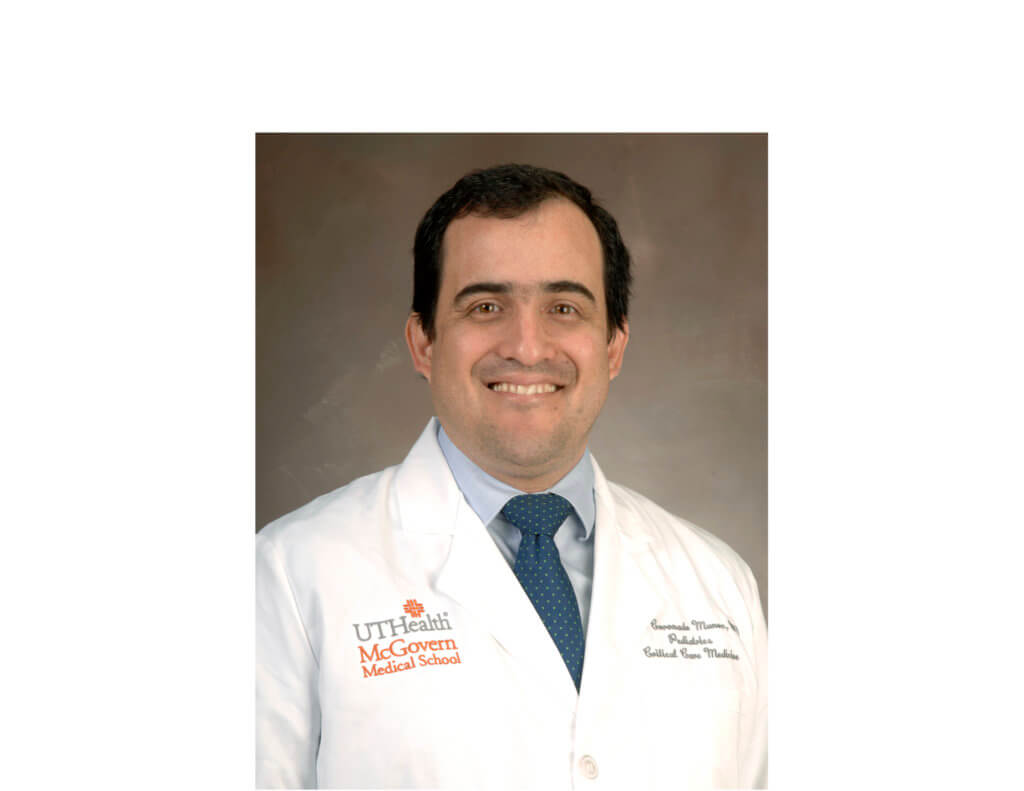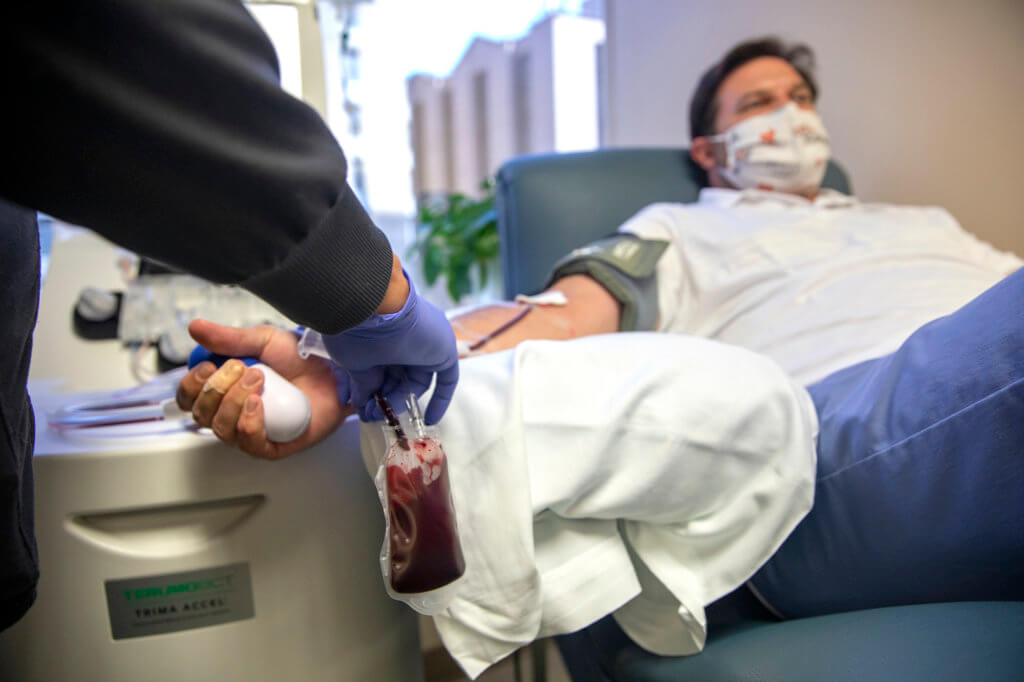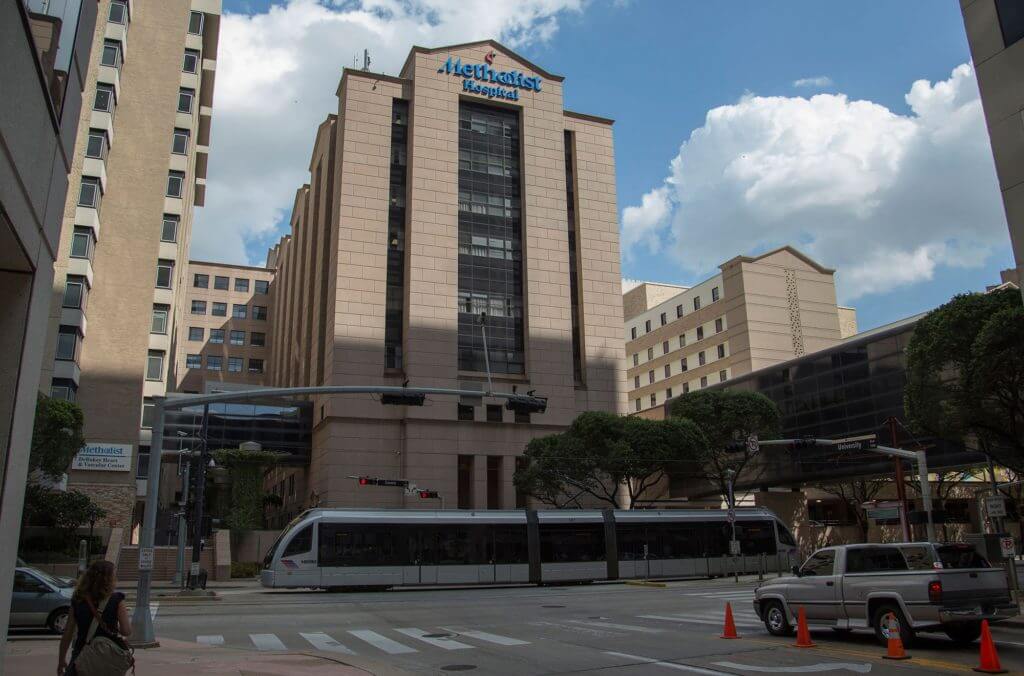Trauma physicians offer new hospital response to active shooters

Active-shooter events and mass shootings have visited hospitals across the country in recent years, Texas Medical Center institutions have not been immune to this trend.
Kenneth L. Mattox, M.D., chief of staff and surgeon-in-chief at Harris Health System’s Ben Taub Hospital, has seen what happens when gunfire erupts in a medical care setting.
“A cardiac surgeon was operating in our hospital. The tubes were still in the heart and the pump tech—who runs the heart-lung machine—wanted to go out and get a cup of coffee,” Mattox recalls. “That’s a normal thing to do, but when the surgeon sent a nurse to call for the pump tech, no one returned.”
Because of an active-shooter situation in the hospital, the whole area had been shut down.
To address the need for an effective and ethically responsible response to an active-shooter situation in a hospital, Mattox teamed up with three other trauma specialists to write a new plan to help hospitals prepare for mass shootings. Their editorial—“Active-Shooter Response at a Health Care Facility” — was published this month in the New England Journal of Medicine. And their new plan can be summed up in three words: secure, preserve and fight.
Mattox’s co-authors are Kenji Inaba, M.D., professor of surgery and director of the general surgery program at the Keck School of Medicine of the University of Southern California who practices at the Los Angeles County + USC Medical Center; Alexander L. Eastman, M.D., M.P.H., medical director and chief of the Rees-Jones Trauma Center at Parkland Hospital in Dallas who is an assistant professor of surgery at UT Southwestern Medical Center as well as deputy medical director of the Dallas Police Department; and Lenworth M. Jacobs, M.D., M.P.H., professor of surgery and professor of traumatology and emergency medicine at the University of Connecticut.
“The best infrastructure for a disaster program is an organized trauma program,” explained Mattox, who is also a distinguished service professor at Baylor College of Medicine. “The individuals that are co-authors on this paper have worked on trauma systems and health policy for the nation and military for years, and each of our hospitals have had an active shooter event.”
Mattox also noted that trauma surgeons Inaba and Eastman are trained as police officers.
For years, the widely accepted practice of “run, hide, fight” has been taught as the preferred method for protecting oneself from an active shooter. The procedure has been implemented in schools, malls and other public places.
But, Mattox said, that plan presents a problem for health care providers.
“We have all taught the FBI securities course on ‘run, hide, and fight.’ That is the best we could do in this country and we have taught it in this hospital,” he said. “We as well as other people in hospitals, nurseries, day care centers, have faced the ethical dilemma—if this happens and they run to save their life—they leave and abandon the person who cannot take care of themselves. They cannot run because they are delivering a baby, they are in shock, they are unconscious, they are paralyzed.”
Teaching health professionals to flee creates a moral and ethical issue, Mattox said, that forces doctors and nurses to ask themselves: “Can I abandon my patient and put them in harm’s way, or should I stay here and possibly make my child an orphan?”
Because of the vulnerable patient population in hospitals and facilities with quasi-open layouts, Mattox and his co-authors suggest hospitals implement a “secure, preserve, fight” procedure instead. That would redirect the immediate response to an active-shooter scenario to securing patient areas where treatment is provided and taking measures to preserve life before—and as a last resort—attempting to fight off the shooter.
“We are not trying to abandon “run, hide, and fight,” but to build on it for those areas where there is vulnerability,” the Houston surgeon said. “The active-shooter in the hospital is a very special issue because despite your practicing, that person can extend injury with a gun. Having 100 people or 1 million people read this article meets our objective because people start talking about it.”
The following is an excerpt from the original editorial dated August 9, 2018, outlining the new procedural standard suggested by the emergency medicine and trauma experts:
“… we believe that the “run, hide, fight” directive should be followed by any health care professionals, hospital workers, patients, and visitors who are able to comply with it. That category may include the vast majority of occupants of both outpatient and inpatient facilities. But for professionals providing essential medical care to patients who cannot run, hide or fight owing to their medical condition or ongoing life-sustaining therapy, a different set of responses should be considered—secure the location immediately, preserve the life of the patient and oneself and fight only if necessary (“secure, preserve, fight”). The elements of this response could be further elucidated in the context of the widely accepted principles of emergency management: mitigation, preparation, response, and recovery.”




